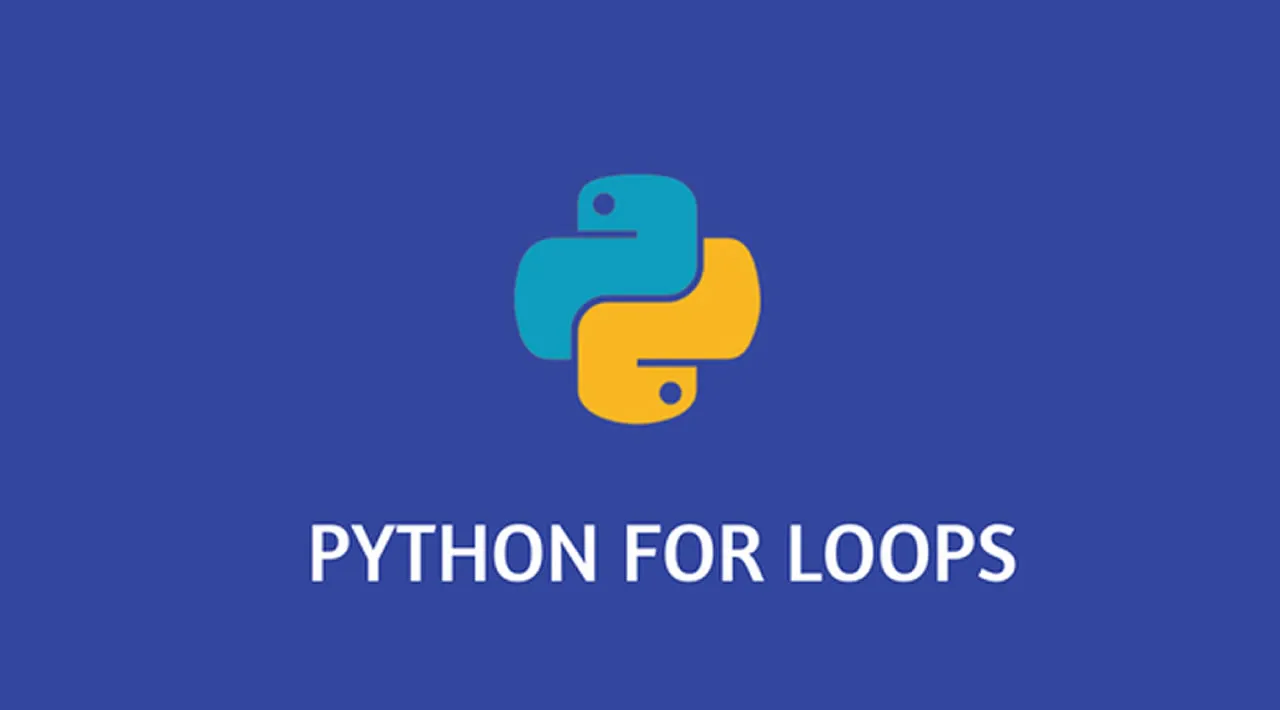Loops let you control the logic and flow structures of your programs.
Specifically, a for loop lets you execute a block of similar code operations, over and over again, until a condition is met.
You repeat certain code instructions for a set of values you determine, and you perform actions on each value for a pre-determined number of times.
What is a for loop in Python?
A for loop can iterate over every item in a list or go through every single character in a string and won't stop until it has gone through every character.
Writing for loops helps reduce repetitiveness in your code, following the DRY (Don't Repeat Yourself) principle. You don't write the same block of code more than once.
In this article, we'll get to know the basics of for loops in the Python programming language using different examples. But first let's learn some for loop basics.
#python
